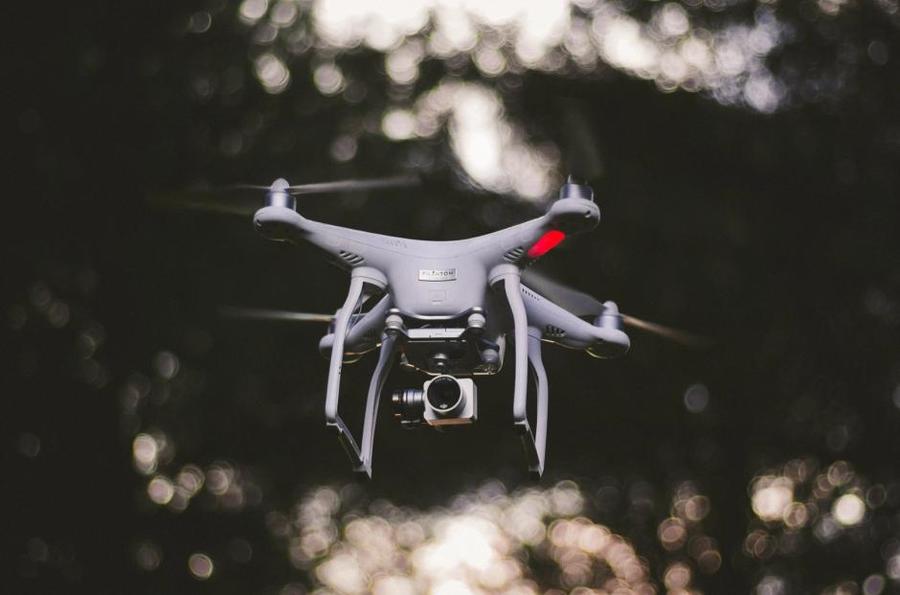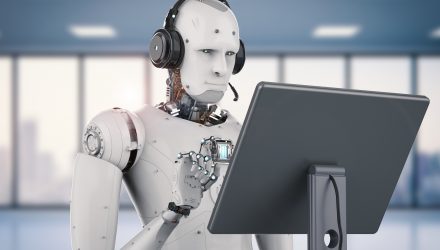By William Studebaker
There’s never been a more exciting time to be an investor—especially in robotics, automation, and artificial intelligence where the rate of change and innovation has become exponential and is poised to surpass anything we’ve ever seen before. Perhaps it’s because of the sheer pace of change that headlines about driverless cars and self-flying delivery drones don’t turn heads these days.
In fact, with advancements in robotics, automation, and artificial intelligence (or RAAI) accelerating at lightning speed, it’s a rare day when news of yet another new development captures the spotlight —no matter how amazing it may be.
A hand-held translator that allows you to understand and communicate in more than 80 languages? Whatever. A computer that can crush one of the best Go players on the planet? What’s new. A humanoid robot that is granted citizenship in Saudi Arabia? Yawn. Suddenly the world of wonder we envisioned “back in the day” is no longer a galaxy far, far away, but one we’ve begin to take for granted in our everyday lives.
What does that mean for investors? Growth. Plain and simple.
Here’s the thing: robotics and AI are already an integral part of our lives. It’s hard to find an area it hasn’t touched, and we often don’t even realize it. In 2017, Amazon delivered over 5 billion Prime items in two days or less—an accomplishment that hinged on robotics-driven factory automation and AI. Siri and Alexa help us do everything from texting without a keyboard, to picking the perfect playlist, to discovering a great place to eat… and then avoiding traffic to arrive there on time.

Just as the internet transformed how we work and communicate, robotics and AI is revolutionizing how we live, work, and play. Sure, talking, walking robots are cool, but while these 5 trends may seem relatively boring at first glance, they are precisely the changes that are poised to offer investors an exhilarating ride in 2018:
1) Big data, artificial intelligence, and e-commerce will dictate the new global giants.
Big data is now the #1 driver of success. That means that tomorrow’s leaders are relying more than ever on machine learning to process, trend, and analyze the massive amounts of data that tell them who is buying, what they’re buying, and when they’re buying—and then how to deliver as quickly and cost-effectively as possible. Machine learning and AI are 2018’s must-haves. The companies that can deliver those capabilities should be at the top of every investor’s list.
Artificial intelligence will give predictive marketers what they’ve been seeking for more than 20 years: the power to process vast amounts of data to create unique and customize individual in near real time—and deliver on the promise of 1:1 marketing.
Every big tech company that is serious about its AI ambitions will attempt to build its own AI chips to gain an edge in computing power, echoing steps already taken to build specialized chips for vital tasks like image and speech recognition.
On the e-commerce side, the gold rush is on. Amazon may have led the revolution, but companies that can deliver quickly deployable automation solutions for e-commerce operations will change the game. Robotics innovation and self-guided vehicle technologies are powering collaborative robots to complement human labor and increase the productivity.
And autonomous robots that can navigate unstructured warehouses spaces to autonomously pick and place SKUs and collect inventory data are suddenly making it possible for new players to scale up automation to keep pace with Amazon and other big retailers—without incurring significant downtime.
The winners: robotics-driven retailers, sensor suppliers, and automation solution providers across the supply chain.
2) Robots will replace humans in service roles.
Your local barista isn’t likely to be replaced any time soon, but bot sensitivity training is allowing humans to offload more work service-based tasks to robots than ever. Because a purely human workforce can’t match rising customer demands, businesses will harness the power of conversational AI chatbots and other virtual assistants to offer human-like help for every aspect of service. It is estimated that some 85% of customer interactions will be managed by AI by 2020.
In the home, Amazon’s Alexa now syncs with Outlook and Google to help families manage their hectic schedules, and X.ai’s new virtual assistant, “Amy,” helps schedule meetings, plan meals, and make calls—without ever alerting the sender she’s a bot. We may not be ready for the Jetsons’ Rosie, but we’re getting closer.
The winners: financial services, agriculture, telecommunications, retailers, and robotics providers.
3) Healthcare as we know it will vanish.
Bernard Tyson, CEO of Kaiser Permanente, made this bold statement: “I don’t think any physician should be practicing without AI assisting in their practice. Its just impossible (otherwise) to pick up on patterns, to pick up on trends, to really monitor care.” His vision is just the beginning.
Advancements in analytics, AI, and IoT will completely transform how patients are diagnosed and treated, how medical facilities operate, and how health issues are predicted and prevented. Wearable diagnostics and the ability to stream each patient’s vital signs directly into their EMR will greatly improve patient outcomes by reducing errors and time to treatment.
The use of wearable patches and other devices that sit on the skin will enable continuous biometric biometric monitoring and drug delivery. Robot-assisted surgeries will continue to improve surgical outcomes and increase the career-span of the most experienced surgeons.
